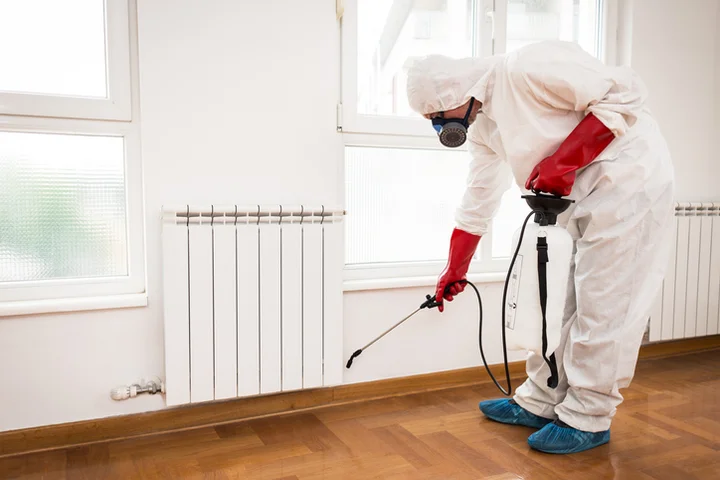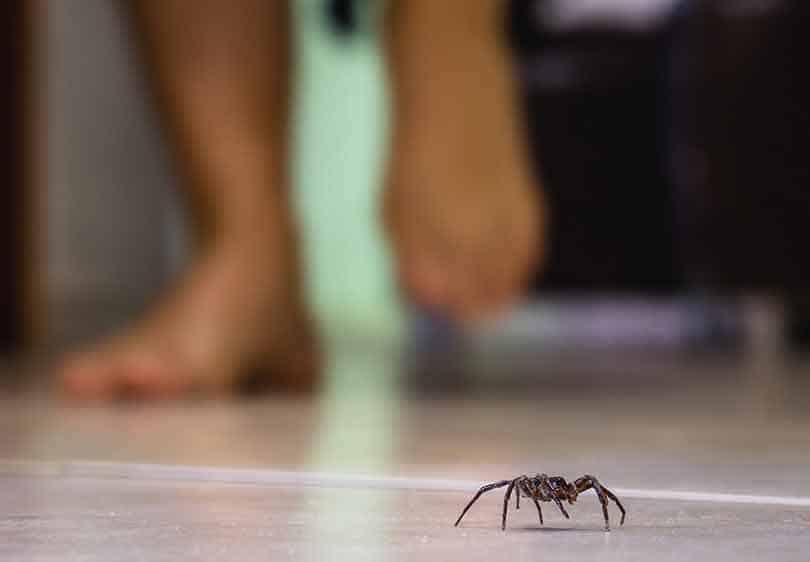Pest Control Fundamentals Explained
The 4-Minute Rule for Pest Control
Table of ContentsHow Pest Control can Save You Time, Stress, and Money.Pest Control Can Be Fun For EveryoneNot known Incorrect Statements About Pest Control

When utilizing gentle pest control, services must comply with the adhering to concepts: The intended benefits and disadvantages ought to be made clear. It needs to only get executed if its goals can be met. The methods that are most effective in accomplishing the objectives of the pest control program should be employed.
Humane insect control is a method to handling bugs that highlights non-lethal techniques to control and stop invasions - Pest Control. Numerous strategies can be used in humane insect control, including exclusion, habitat adjustment, traps, and repellents. Exclusion is a method used to avoid parasites from going into a home or building by sealing off all feasible access factors
Exclusion is a vital method in humane pest control because it prevents the demand for deadly pest control methods by maintaining insects out to begin with. Environment adjustment is one more method used in gentle insect control. That involves making adjustments to the atmosphere to make it less hospitable to parasites.
How Pest Control can Save You Time, Stress, and Money.

These catches are baited with food or scents and capture insects securely and humanely. Once caught, the pets can be launched into the wild, far from the home or structure. Repellents are an additional technique utilized in gentle parasite control. They view website push back pests without killing them. Repellents come in numerous kinds, consisting of sprays, powders, and ultrasonic devices.
Conduct an extensive examination of your customer's property, searching for indications of insects such as droppings, damages to structures, and discoveries of live bugs. Once they are recognized, a humane bug control plan can be developed. Integrated Pest Management (IPM) is a method to pest management that over here emphasizes multiple strategies to regulate and protect against pest problems.

These advantages include environmental advantages, potential price financial savings for clients over the long-term, and better track record administration for parasite control services that utilize gentle techniques. One of the major benefits of humane parasite control is its favorable environmental influence. Conventional pest control techniques frequently rely upon damaging pesticides that can hurt the environment and human health and wellness.
The Ultimate Guide To Pest Control

It can include up to see post substantial costs over time. Humane pest control, on the other hand, highlights prevention and continuous surveillance to keep a pest-free setting.
Below are several of the most common concerns and solutions about making pest control humane. Yes, humane insect control can be extremely reliable when carried out appropriately. By resolving the origin of bug problems and taking aggressive actions to avoid future problems, gentle bug control can manage pest populations without relying upon dangerous chemicals.
Over the lengthy term, humane bug control can be much more cost-effective than typical approaches as it highlights prevention and recurring tracking to maintain a pest-free environment. Yes, gentle insect control methods can be used for a large range of bugs, including rats, insects, and wild animals. Nevertheless, the specific approaches for wildlife elimination may differ depending on the kind of insect and the level of the invasion - Pest Control.